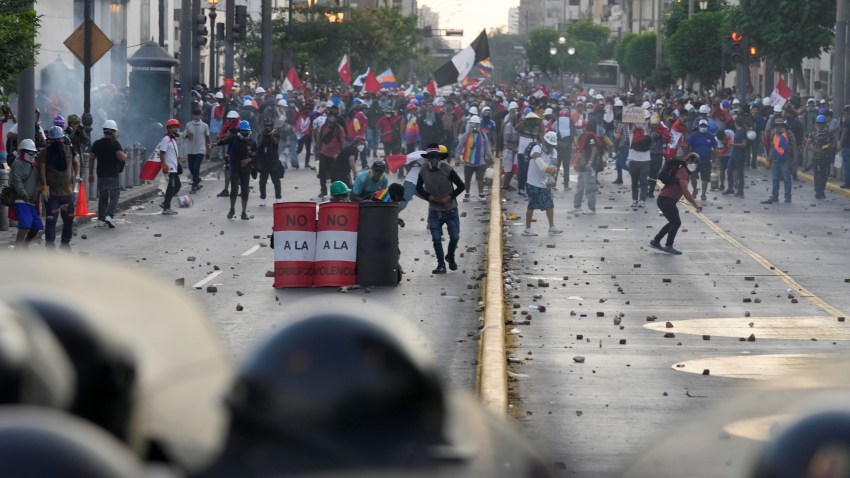The crisis in Peru shows no sign of easing. With the death toll climbing, protesters have now reached the capital. Meanwhile, political leaders are struggling to come to an agreement about a way out of a violent showdown that is crippling the economy, worsening poverty and threatening the survival of Peru’s democracy.
The unrest erupted in December, when then-President Pedro Castillo, in an effort to avert impeachment, announced that he was disbanding Congress and would rule by decree. The auto-golpe, or self-coup, failed, and Castillo was promptly imprisoned, bringing an end to his chaotic presidency and elevating his then-vice president, Dina Boluarte, to the top job.
In her first speech as president, Boluarte took a decidedly conciliatory line, calling for unity and a chance to lead the country out of its morass. “I ask for time to rescue our country from corruption and incompetence,” she pleaded. But Castillo’s backers would have none of it. For once one of their own—a poor, mixed-race man from the rural periphery—had been elected president. And now he was in prison.

